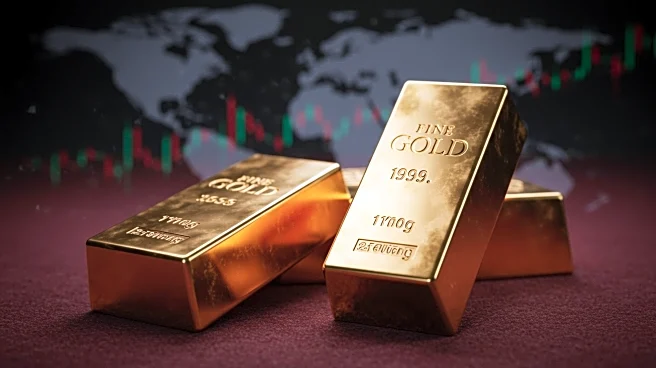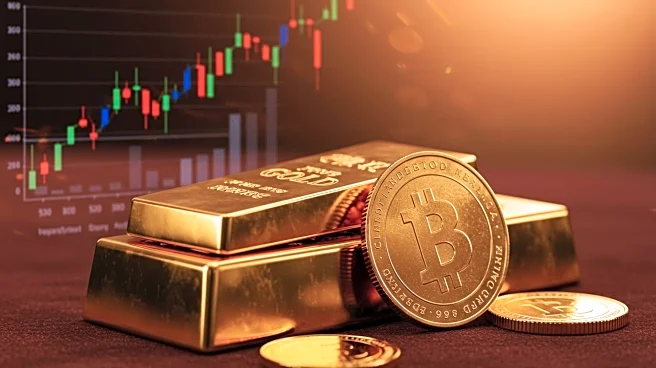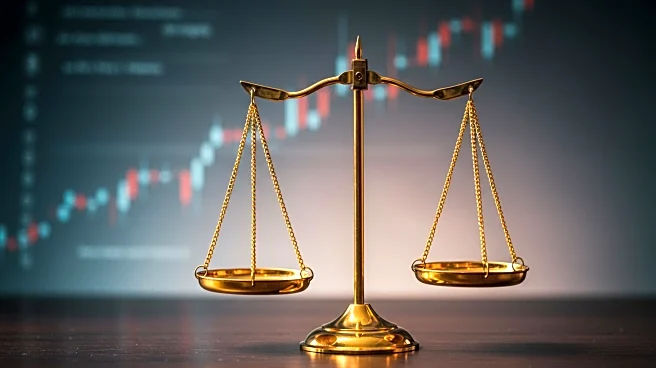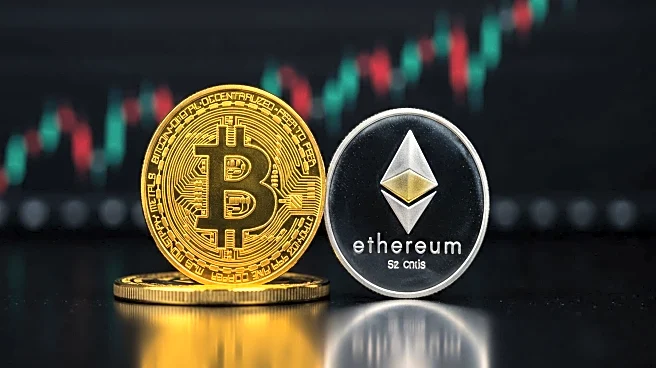What's Happening?
Gold has reaffirmed its status as a strategic investment amid ongoing inflation and rising interest rates. Despite short-term volatility, gold's long-term resilience as a safe-haven asset and inflation hedge continues to attract investors. Historical performance during economic cycles shows gold's ability to preserve value, particularly during periods of monetary tightening and inflation. Recent trends from 2024 to 2025 highlight gold's surge in price, driven by central bank demand, geopolitical uncertainty, and investor behavior.
Why It's Important?
Gold's enduring appeal as an inflation hedge is crucial for investors seeking stability in a volatile economic environment. The precious metal's ability to act as a counterweight to equities and bonds during crises makes it a valuable component of diversified portfolios. As central banks grapple with inflation and geopolitical tensions persist, gold offers protection against currency devaluation and economic instability. This has significant implications for U.S. economic stakeholders and global financial markets.
What's Next?
Investors may continue to reassess gold's role in their portfolios, balancing short-term volatility with long-term resilience. As J.P. Morgan Research projects gold to reach $4,000 per ounce by mid-2026, strategic allocations in gold through ETFs, physical bullion, or central bank holdings could become more prevalent. The interplay of real rates and structural demand will be key factors influencing gold's future performance.
Beyond the Headlines
Gold's role as a geopolitical hedge underscores its importance in a world of persistent uncertainty. The metal's low correlation with other assets enhances its value as a diversifier, particularly in portfolios exposed to equity and bond market risks. Ethical considerations regarding gold mining and environmental impact may also come to the forefront as demand increases.











